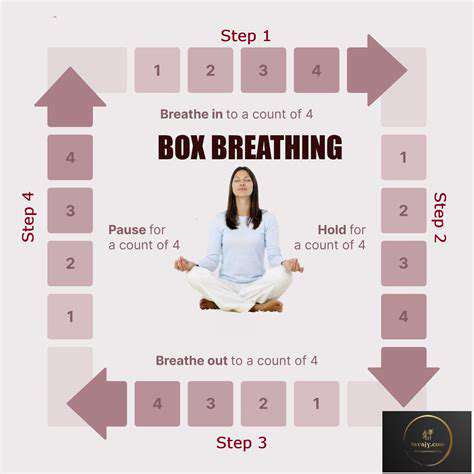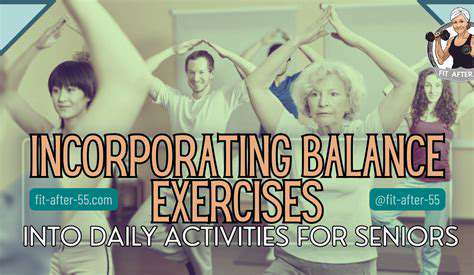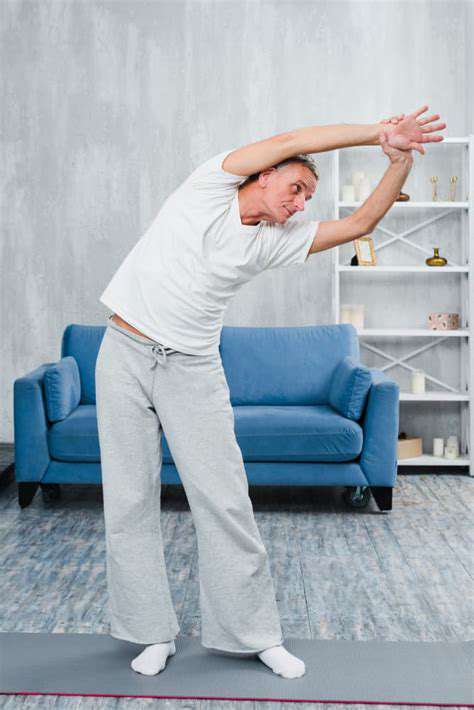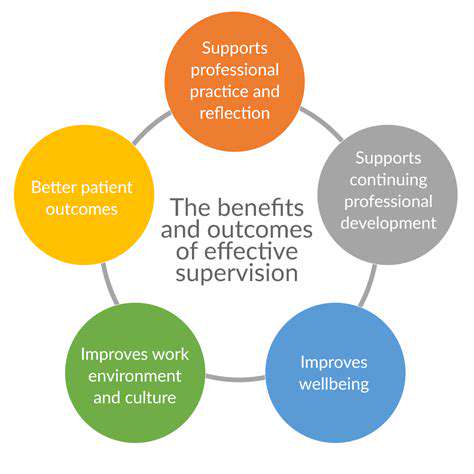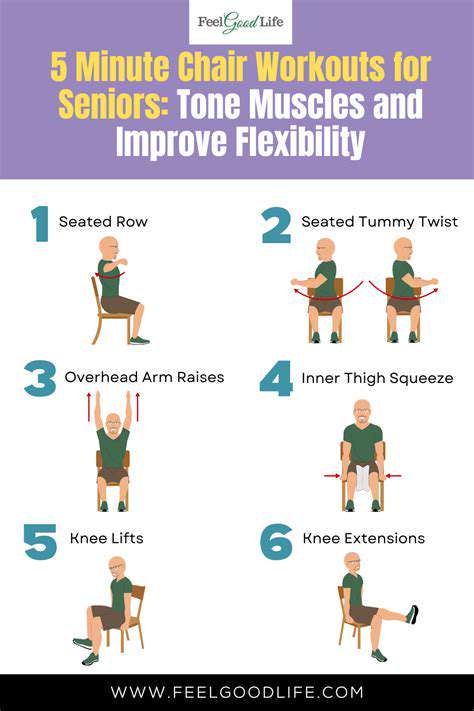How to Stay Motivated to Exercise Regularly in Your 80s
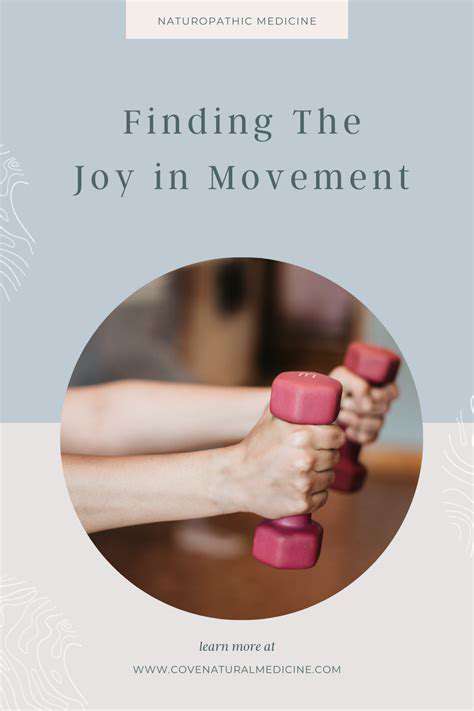
Embracing Movement as a Path to Well-being
Many seniors discover that movement becomes more than just exercise - it transforms into a daily ritual of self-care. Simple activities like walking or stretching often become cherished moments of connection with one's body. This transformation from obligation to pleasure marks a significant shift in how we approach physical activity later in life. Rather than focusing on intensity, many find greater satisfaction in the rhythm and flow of gentle movement.
Research continues to show how movement benefits both body and mind. Those who maintain regular activity often report better sleep patterns and improved mood regulation. The social aspect of group exercises can be particularly valuable, combating isolation while promoting physical health.
Exploring Diverse Forms of Movement
The beauty of movement lies in its endless variety. While some enjoy the structure of water aerobics classes, others prefer the freedom of gardening or golf. Local community centers frequently offer tailored programs that combine physical activity with social engagement, creating opportunities to try new things in a supportive environment.
Many discover unexpected passions later in life - perhaps tai chi becomes a morning ritual, or line dancing sparks newfound joy. The key lies in remaining open to experimentation without pressure to perform. Even chair-based exercises can provide meaningful movement for those with mobility challenges.
The Importance of Listening to Your Body
As we age, our bodies communicate more clearly than ever before. That slight stiffness after sitting too long or the energizing feeling after a short walk - these become valuable guides. Experienced seniors often develop an intuitive understanding of when to push gently and when to rest, creating a sustainable approach to movement.
Healthcare professionals increasingly emphasize the value of movement snacks - brief periods of activity spread throughout the day. This approach often proves more manageable and effective than longer workout sessions, especially for those new to regular exercise.
Setting Realistic and Achievable Goals
Successful movement plans often focus on consistency rather than intensity. Perhaps it starts with walking to the mailbox daily, then gradually extending that walk around the block. Small victories accumulate into significant health benefits over time, creating motivation through visible progress.
Many find tracking methods helpful, whether using a simple calendar or smartphone app. The act of recording creates accountability while providing tangible evidence of improvement. Celebrating these milestones - no matter how modest - reinforces positive habits.
Incorporating Movement into Daily Life
Creative integration often proves more sustainable than structured workouts. Standing while talking on the phone, stretching during TV commercials, or parking farther from store entrances - these micro-movements add up. The most successful routines often blend seamlessly into existing daily patterns, removing the mental barrier of finding time to exercise.
Many discover that pairing movement with pleasurable activities enhances consistency. Listening to audiobooks while walking or practicing balance exercises while waiting for tea to brew transforms obligation into opportunity.
Cultivating a Positive Mindset
Perspective shapes experience profoundly. Viewing movement as a privilege rather than a chore changes everything. Those who focus on what their bodies can do rather than limitations often maintain activity longest, finding joy in continuous small improvements.
Seasoned movers frequently cite the mental benefits - clearer thinking, reduced anxiety, better sleep - as primary motivators. This mindset shift from appearance-based goals to holistic wellness often marks the transition from short-term effort to lifelong habit.
Underwater photography enthusiasts understand how environment transforms experience. Just as water alters light perception, aging changes movement possibilities. Adapting to these changes with creativity often yields the most rewarding results, whether capturing marine life or maintaining mobility.
Incorporating Exercise into Your Daily Routine: Small Steps, Big Rewards
Understanding the Importance of Daily Movement
Regular activity serves as foundational self-care, much like brushing teeth or eating well. Modern research confirms what centenarians have demonstrated for generations - consistent movement correlates strongly with longevity and quality of life. The cumulative effect of daily activity often outweighs occasional intense workouts, making small, frequent efforts particularly valuable.
Physicians increasingly prescribe movement as medicine, recognizing its preventative and therapeutic benefits. Even modest increases in daily activity can significantly impact blood pressure, circulation, and joint health over time.
Simple Strategies for Integrating Movement
Practical integration begins with identifying natural opportunities. Waiting for the microwave? Try calf raises. Watching grandchildren? Join their play. These organic movement moments create sustainable habits without requiring extra time, making consistency more achievable.
Many successful seniors establish movement triggers - specific daily events that prompt activity. Perhaps it's stretching during morning coffee or walking after dinner. These intentional pairings build reliable routines.
Prioritizing Consistency Over Intensity
The most effective routines prioritize showing up over pushing hard. A five-minute walk that happens daily creates more benefit than an hour-long session that occurs sporadically. This little and often approach proves particularly effective for maintaining mobility and balance, two critical components of healthy aging.
Seasoned exercisers often describe their routines as non-negotiable appointments, scheduled with the same importance as medical visits. This mental framing helps overcome occasional reluctance.
Finding Activities You Enjoy
The longevity of any movement practice depends largely on enjoyment factor. Activities that stimulate the mind while moving the body often prove most engaging - think dancing, gardening, or recreational sports. Many communities offer modified versions of traditional exercises tailored for older adults.
Social components significantly enhance adherence. Walking groups, pickleball clubs, or water aerobics classes provide both physical activity and valuable connection, addressing multiple aspects of wellness simultaneously.
Addressing Potential Obstacles and Setting Realistic Goals
Anticipating challenges allows for proactive solutions. Weather concerns? Identify indoor alternatives. Energy fluctuations? Schedule activity during peak vitality times. Practical problem-solving separates lasting routines from short-lived attempts, making sustainability more likely.
Goal-setting works best when focused on behaviors rather than outcomes. Instead of targeting weight loss, aim for daily movement minutes. This process-oriented approach creates positive reinforcement regardless of external results.
Celebrating Milestones and Staying Positive: The Importance of Self-Care

Celebrating Personal Growth
Progress in later years often manifests differently than in youth - perhaps it's maintaining flexibility rather than increasing it, or walking farther without fatigue. Recognizing these nuanced achievements fosters continued motivation, creating a positive cycle of effort and reward.
Many find value in non-traditional markers of success: easier rising from chairs, improved posture, or reduced medication needs. These practical indicators often mean more than numbers on scales or workout trackers.
Staying Motivated Through Challenges
Seasoned movers develop resilience through adaptation rather than resistance. When joints protest high-impact activities, they discover low-impact alternatives. This flexible mindset transforms obstacles into opportunities for creative problem-solving, maintaining momentum despite physical changes.
Social support proves invaluable during difficult periods. Walking buddies, exercise groups, or even virtual communities provide encouragement when personal motivation wanes.
The Importance of Recognition and Appreciation
Acknowledging progress - both personal and observed in others - creates a culture of encouragement. Simple recognition of effort often fuels continued participation more effectively than focusing solely on results, particularly in group settings where camaraderie develops.
Many successful programs incorporate celebration rituals - perhaps marking attendance milestones or personal bests. These positive reinforcements make the journey as rewarding as the destination.
Self-appreciation matters equally. Keeping an achievement journal or sharing progress with supportive friends reinforces positive behaviors. This intentional recognition helps maintain perspective during inevitable plateaus or setbacks, preserving long-term commitment.
